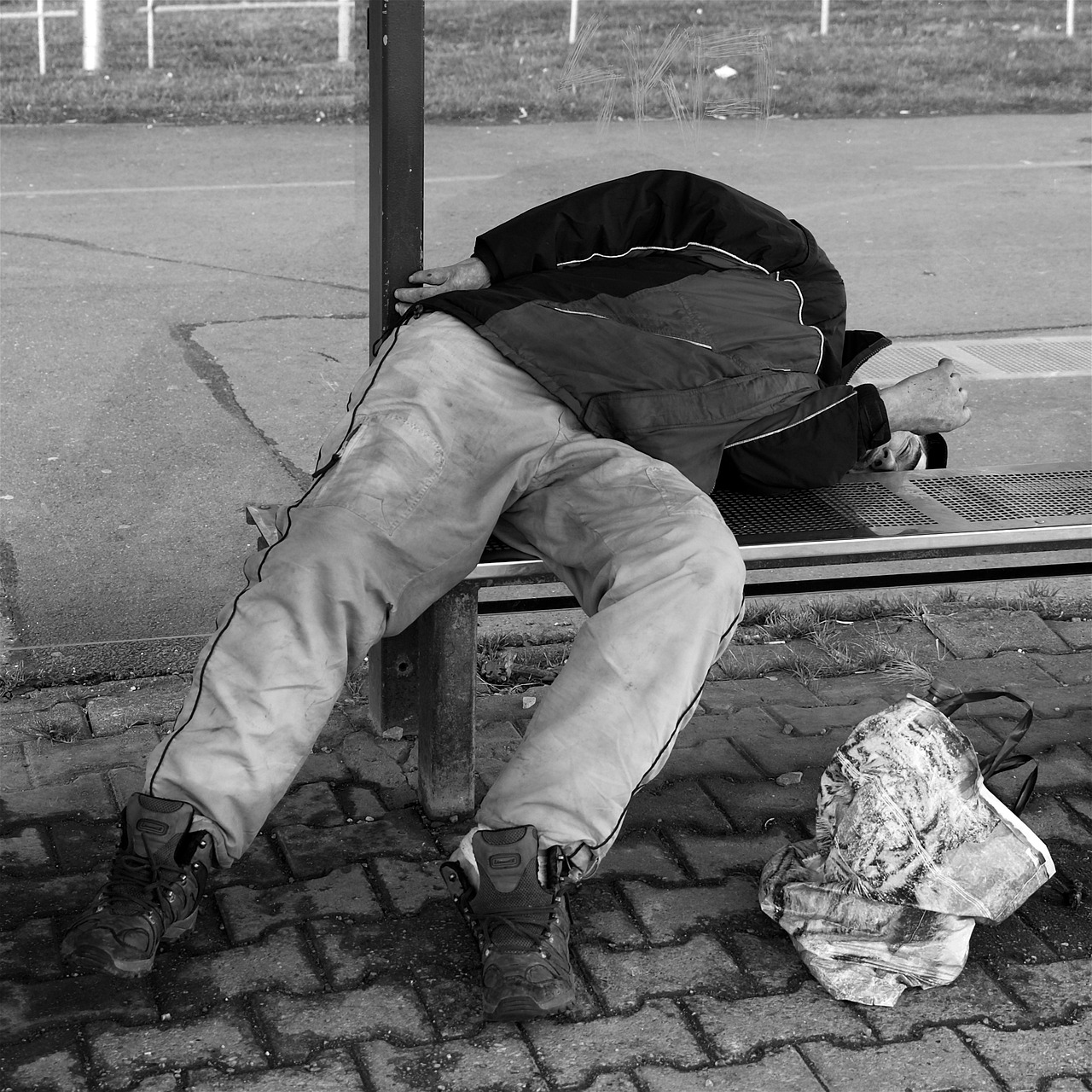What Happens to the Body When You Pass Out

Image by Miroslav Kalinský from Pixabay
Fainting, also known as syncope, is a temporary loss of consciousness that occurs when there is a sudden drop in blood flow to the brain. It can be a concerning and sometimes frightening experience, but it’s a natural protective mechanism that the body employs to restore normal blood flow to the brain. In this article, we’ll explore what happens to the body when you pass out and why it occurs.
1. Decreased Blood Flow to the Brain:
Fainting typically occurs when there is a sudden drop in blood pressure or blood flow to the brain. This can result from various factors, including dehydration, blood loss, or sudden changes in body position (orthostatic hypotension). When blood flow to the brain decreases, it can’t receive the oxygen and nutrients it needs to function properly.
2. Loss of Consciousness:
When the brain is deprived of adequate blood flow and oxygen, consciousness is lost. This is the primary characteristic of fainting. During this time, the person becomes unresponsive and unaware of their surroundings. This loss of consciousness is the body’s way of conserving energy and protecting vital functions.
3. Muscle Relaxation:
As soon as a person passes out, their muscles tend to relax. This is a protective response to prevent injury. If the muscles were tense during a faint, the risk of injury from falling would be much higher.
4. Falling:
Fainting often results in a person collapsing, which can lead to injuries if they’re not in a safe environment. The body typically falls to the ground or into a sitting or lying position to minimize the risk of injury. If you’re with someone who is about to faint, it’s essential to help them lie down or support them to prevent falls.
5. Rapid Recovery:
One of the remarkable aspects of fainting is the relatively quick recovery that follows. Most people regain consciousness within a few seconds to a minute, although some may take longer. The body’s mechanisms for restoring blood flow to the brain are usually quite effective, and once this occurs, consciousness is quickly restored.
6. Possible Symptoms Before Fainting:
Fainting is often preceded by certain symptoms, such as lightheadedness, dizziness, nausea, and a cold sweat. These warning signs are the body’s way of alerting you to an impending drop in blood flow. Paying attention to these signals can sometimes help you avoid fainting by lying down or finding a safe place to sit.
7. Causes of Fainting:
Fainting can be triggered by various factors, including:
– Dehydration
– Low blood sugar (hypoglycemia)
– Anemia
– Sudden changes in body position
– Emotional stress
– Standing still for long periods (vasovagal syncope)
– Certain medical conditions
In some cases, fainting can be a sign of a more severe underlying medical condition, and it is important to consult a healthcare professional if you experience frequent or unexplained fainting episodes.
8. Recovery After Fainting:
After regaining consciousness, it’s essential to take a moment to recover fully. Sit or lie down for a few minutes and allow your body to normalize. If you are aware of the cause of your fainting episode, address it accordingly, such as by drinking water if dehydration was the cause.
In summary, fainting is a protective mechanism that occurs when there is a sudden drop in blood flow to the brain. While it can be a worrisome experience, it is generally a temporary and self-correcting event. However, recurrent or unexplained fainting should be discussed with a healthcare professional, as it could be a sign of an underlying health issue that needs attention.





